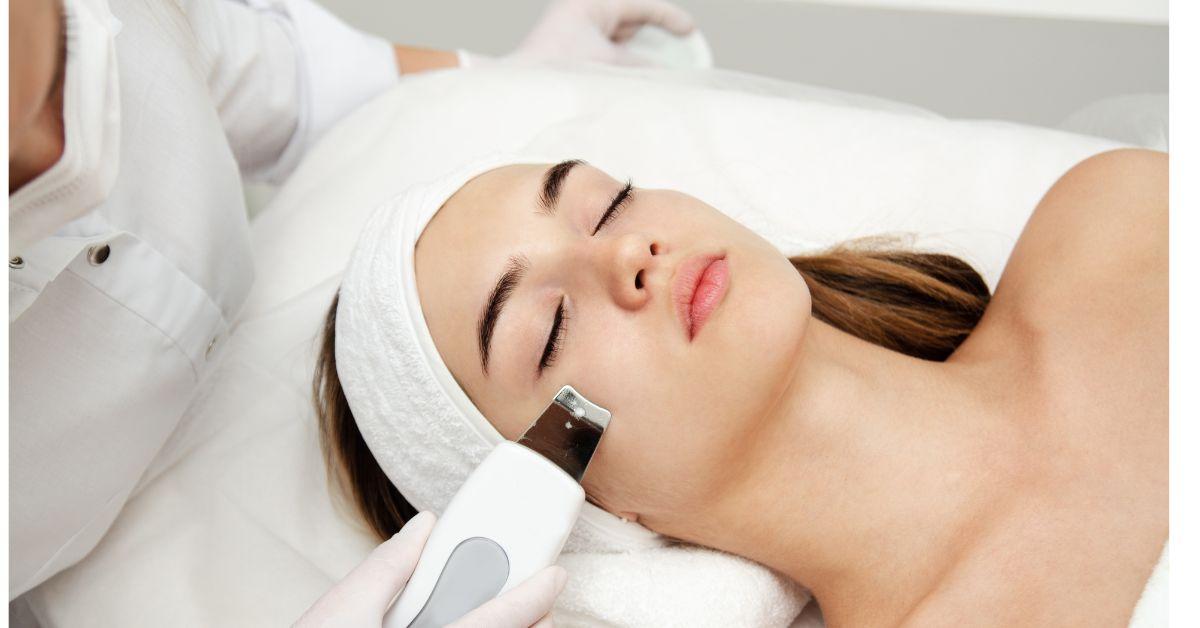The United States medical spa market size, a fusion of aesthetic medical treatments and traditional spa services, has become a burgeoning hub for those seeking rejuvenation and beauty enhancements. Valued at USD 7.36 billion in 2023, the industry is riding a wave of growth driven by an increasing emphasis on physical appearance among Americans. With projections indicating a Compound Annual Growth Rate (CAGR) of 14.0% from 2024 to 2032, the market is set to transform from USD 8.89 billion in 2024 to a staggering USD 23.89 billion by 2032. This blog dives deep into the evolving landscape of the US medical spa market, exploring its dynamics, segments, and future trajectory.
Market Outlook
As we look towards the future, the US medical spa market is poised for unprecedented growth. This optimism stems from a growing acceptance of cosmetic treatments, technological advancements in non-invasive procedures, and a rising aging population desiring youthful aesthetics. The industry's evolution is marked by a seamless blend of luxury spa services with cutting-edge medical treatments, offering consumers a holistic wellness and beauty experience.
Report Overview
This comprehensive report provides an in-depth analysis of the US medical spa market, highlighting the key drivers of growth, market size projections, dynamic changes, segmentation, recent developments, and future trends. By offering detailed insights, this report serves as an invaluable resource for stakeholders looking to navigate the market's potential.
Market Size
The market has shown robust health, with a significant leap from USD 7.36 billion in 2023 to an anticipated USD 23.89 billion by 2032. This growth trajectory underscores the burgeoning demand for medical spa services in the United States, reflecting a broader cultural shift towards wellness, beauty, and anti-aging solutions.
Market Dynamics
Drivers:
- Increasing Demand for Non-Invasive Treatments: There's a growing preference for non-surgical cosmetic procedures such as Botox, dermal fillers, and laser treatments.
- Technological Advancements: Innovations in cosmetic treatment technologies enhance treatment efficacy and patient comfort.
- Emphasis on Physical Appearance: Social media and celebrity culture amplify the desire for aesthetic improvements.
Restraints:
- Regulatory Challenges: Stringent regulations and the need for licensed practitioners can pose operational challenges.
- High Treatment Costs: The premium cost of many medical spa services may limit accessibility for a broader population.
Segmentation
By Service
- Facial Aesthetic Treatments
- Body Shaping and Contouring
- Hair Removal
- Skin Rejuvenation
- Others
By End-User
- Baby Boomers
- Generation X
- Millennials
- Generation Z
Recent Developments
The industry has witnessed a surge in innovations, from advanced laser technologies for skin treatments to non-invasive fat reduction techniques. Partnerships between medical spas and technology providers are enhancing service offerings, catering to a sophisticated clientele seeking personalized wellness and beauty solutions.
Component Insights
The core components driving the medical spa market include cutting-edge aesthetic devices, high-quality cosmeceuticals, and expertly trained medical professionals. These elements combine to deliver a broad spectrum of treatments, from anti-aging to wellness therapies, ensuring tailored experiences for diverse client needs.
End-User Insights
Millennials and Generation X are the primary consumers of medical spa services, driven by a proactive approach to skin care, wellness, and the prevention of aging signs. Baby Boomers also represent a significant segment, seeking to reverse the signs of aging and enhance their overall appearance.
Regional Insights
While the US medical spa market is thriving nationwide, regions such as California, Florida, and New York are hotspots due to their high concentration of affluent populations and celebrities. These areas are pioneering in adopting the latest trends in cosmetic treatments and wellness therapies.
Key Players
Leading players in the US medical spa market include
- Cutera, Inc.
- Fotona D.O.O
- Allergan Plc.
- Alma Lasers
- Cynosure Inc. (Hologic)
- Galderma Laboratories, L.P.
- Mentor Worldwide LLC
- El.En. S.p.A.
These entities are at the forefront of offering innovative treatments, investing in state-of-the-art technologies, and expanding their footprint to cater to a growing clientele.
Market Trends
- Personalized Treatment Plans: Customized wellness and beauty solutions tailored to individual client needs are becoming standard.
- Holistic Health Approach: Medical spas are integrating services that promote overall well-being, including nutrition counseling and mental health services.
- Eco-friendly Practices: Sustainability in treatments and products is gaining traction among environmentally conscious consumers.
Industry News
The industry is experiencing strategic expansions, with key players opening new locations and forming partnerships to broaden their service portfolios. Additionally, regulatory updates focusing on patient safety and treatment efficacy are shaping practice standards.
Application Insights
Medical spas cater to a wide array of client needs, from cosmetic enhancements and skin care solutions to holistic wellness therapies. The integration of medical-grade treatments within a spa setting not only elevates the client experience but also ensures outcomes are both effective and luxurious.
FAQs
1. What is driving the growth of the US medical spa market?
The market is propelled by the increasing demand for non-invasive cosmetic treatments, technological advancements, and a cultural emphasis on physical appearance.
2. Who are the primary consumers of medical spa services?
Millennials and Generation X dominate the client base, focusing on preventative care and aesthetic enhancements.
3. What challenges do medical spas face?
Operational challenges include navigating regulatory landscapes and addressing the high costs of advanced treatments.
4. How are medical spas evolving?
Medical spas are evolving through personalized treatment offerings, holistic health approaches, and the adoption of eco-friendly practices.
5. What future trends are expected in the medical spa industry?
Trends include a greater emphasis on customized wellness plans, integration of holistic health services, and sustainability.
6. How do technological advancements impact the market?
Innovations in treatment technologies enhance the efficacy, safety, and comfort of cosmetic procedures, driving client satisfaction and market growth.


